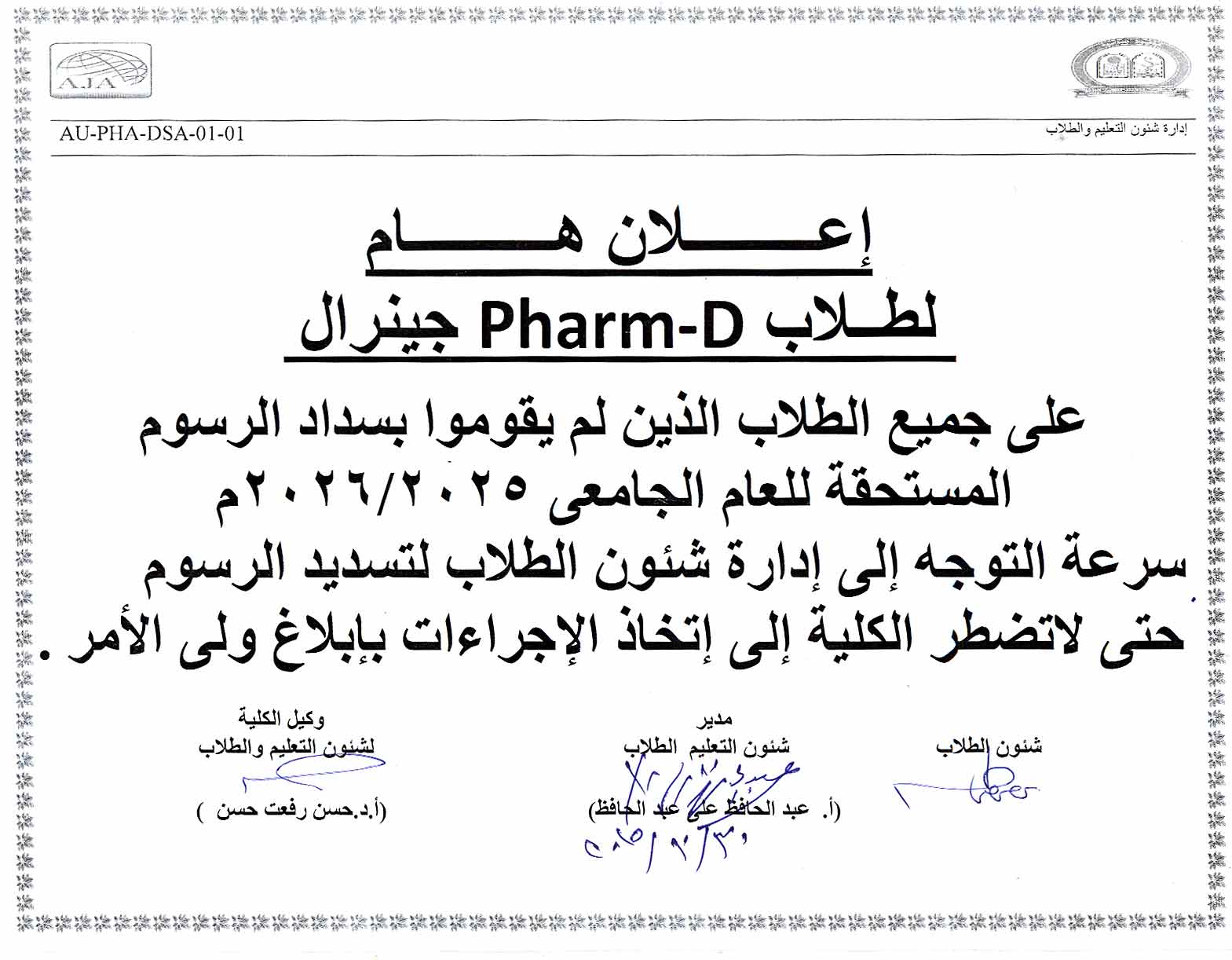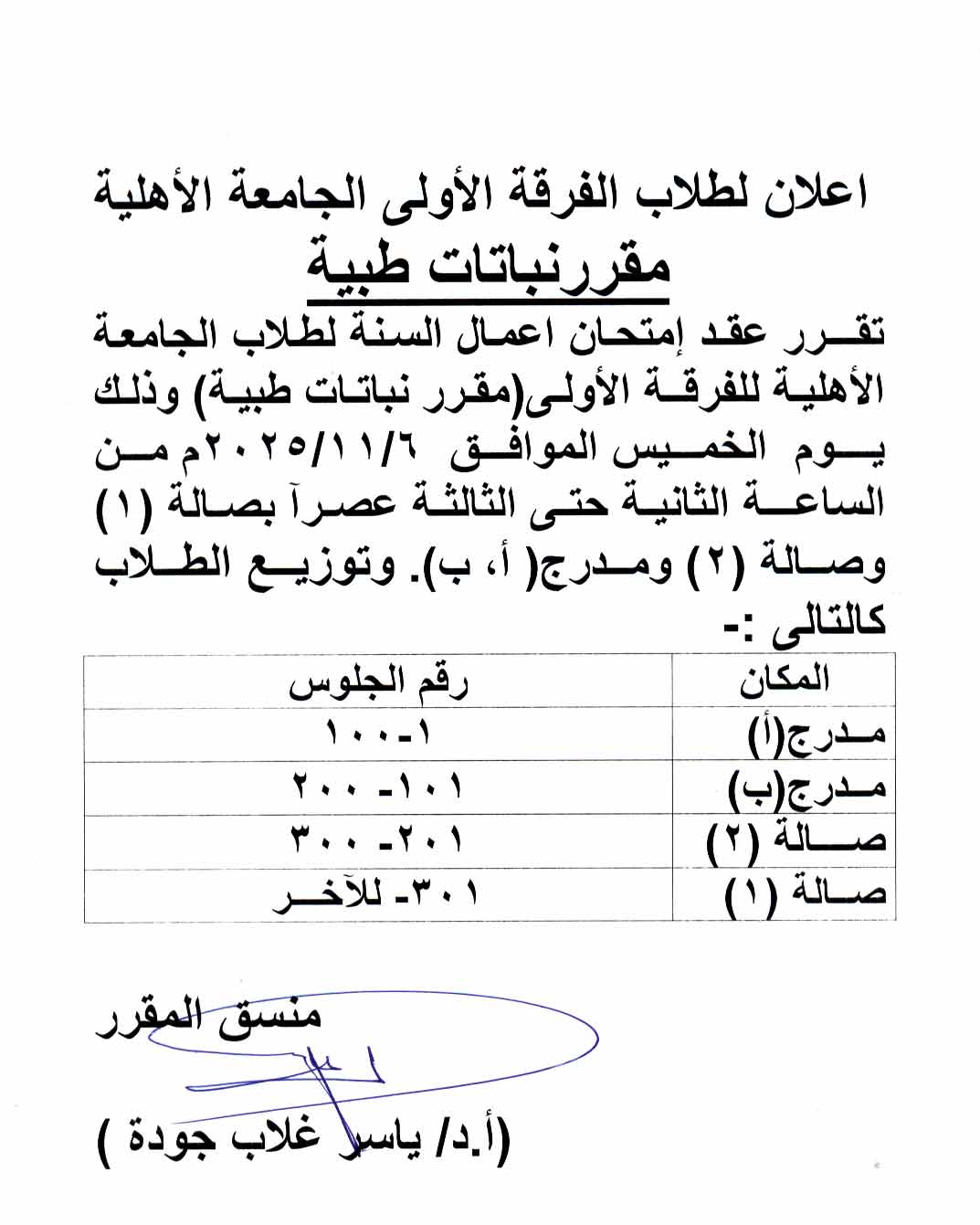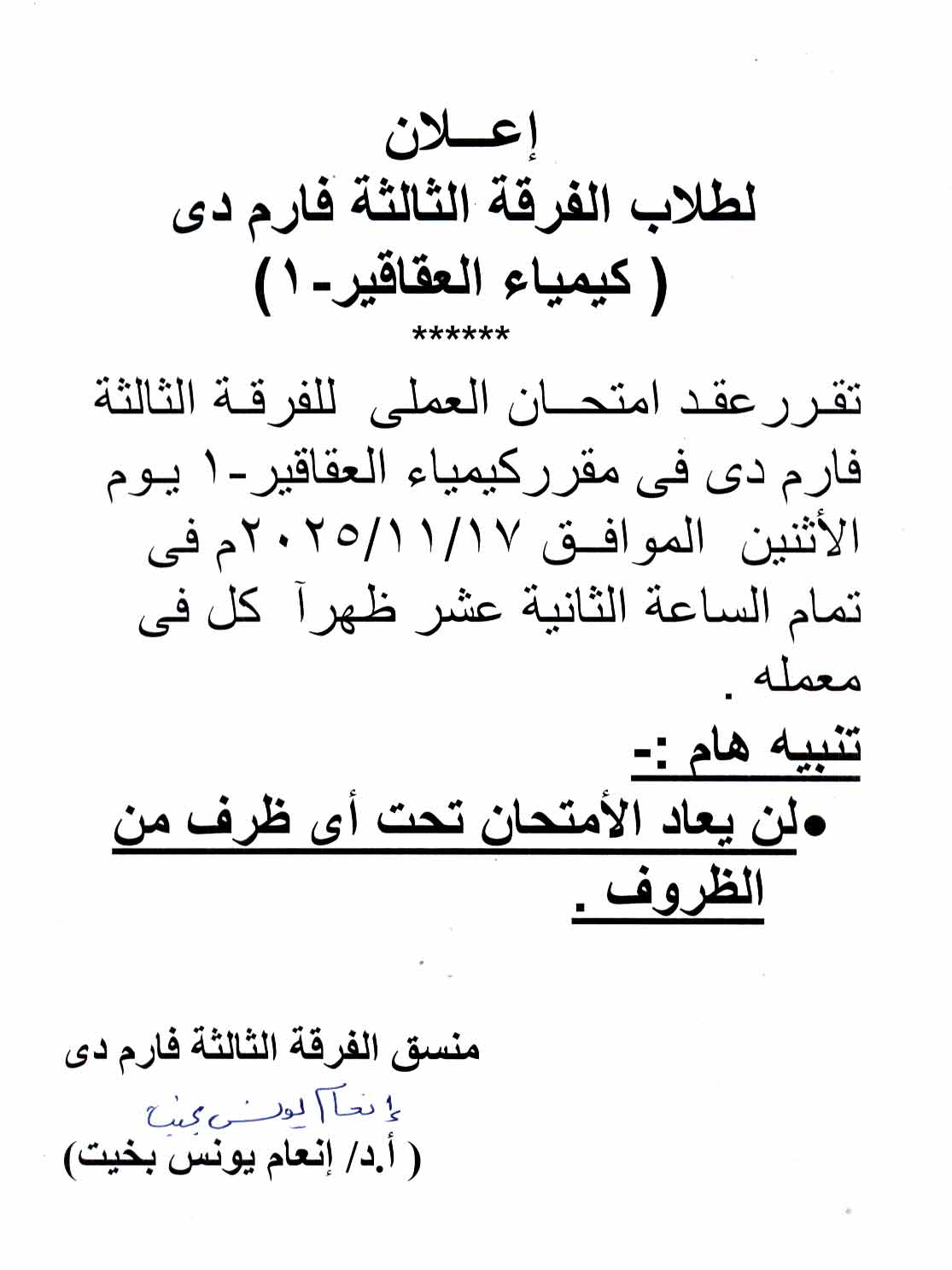Research Abstract
Introduction: Tubulin polymerization inhibitors have emerged as interesting
anticancer therapies. We present the design, synthesis, and structural
elucidation of novel thiazole-based derivatives to identify novel tubulin
inhibitors with potent antiproliferative efficacy and strong inhibition of tubulin
polymerization.
Methods: The novel compounds consist of two scaffolds. Scaffold A compounds
10a-e and scaffold B compounds 13a-e. the structures of the newly synthesized
compounds 10a-e and 13a-e were validated using 1H NMR, 13C NMR, and
elemental analysis.
Results and Discussion: The most effective antitubulin derivative was 10a,
exhibiting an IC50 value of 2.69 μM. Subsequently, 10o and 13d exhibited IC50
values of 3.62 μM and 3.68 μM, respectively. These compounds exhibited more
potency than the reference combretastatin A-4, which displayed an IC50 value of
8.33 μM. These compounds had no cytotoxic effects on normal cells, preserving
over 85% cell viability at 50 μM. The antiproliferative experiment demonstrated
that compounds 10a, 10o, and 13d displayed significant activity against four
cancer cell lines, with average GI50 values of 6, 7, and 8 μM, equivalent to the
reference’s doxorubicin and sorafenib. Compounds 10a, 10o, and 13d were
demonstrated to activate caspases 3, 9, and Bax, while down-regulating the
anti-apoptotic protein Bcl2. Molecular docking studies demonstrated superior
binding affinities for 10a (-7.3 kcal/mol) at the colchicine binding site of tubulin,
forming key hydrophobic and hydrogen bonding interactions that enhance itsactivity. ADMET analysis confirmed favorable drug-like properties, establishing
these compounds as promising candidates for further development as
anticancer agents targeting tubulin polymerization.
Research Authors
Lamya H. Al-Wahaibi, Ali M. Elshamsy, Taha F. S. Ali, Bahaa G. M. Youssif, Stefan Bräse, Mohamed Abdel-Aziz and Nawal A. El-Koussi

















